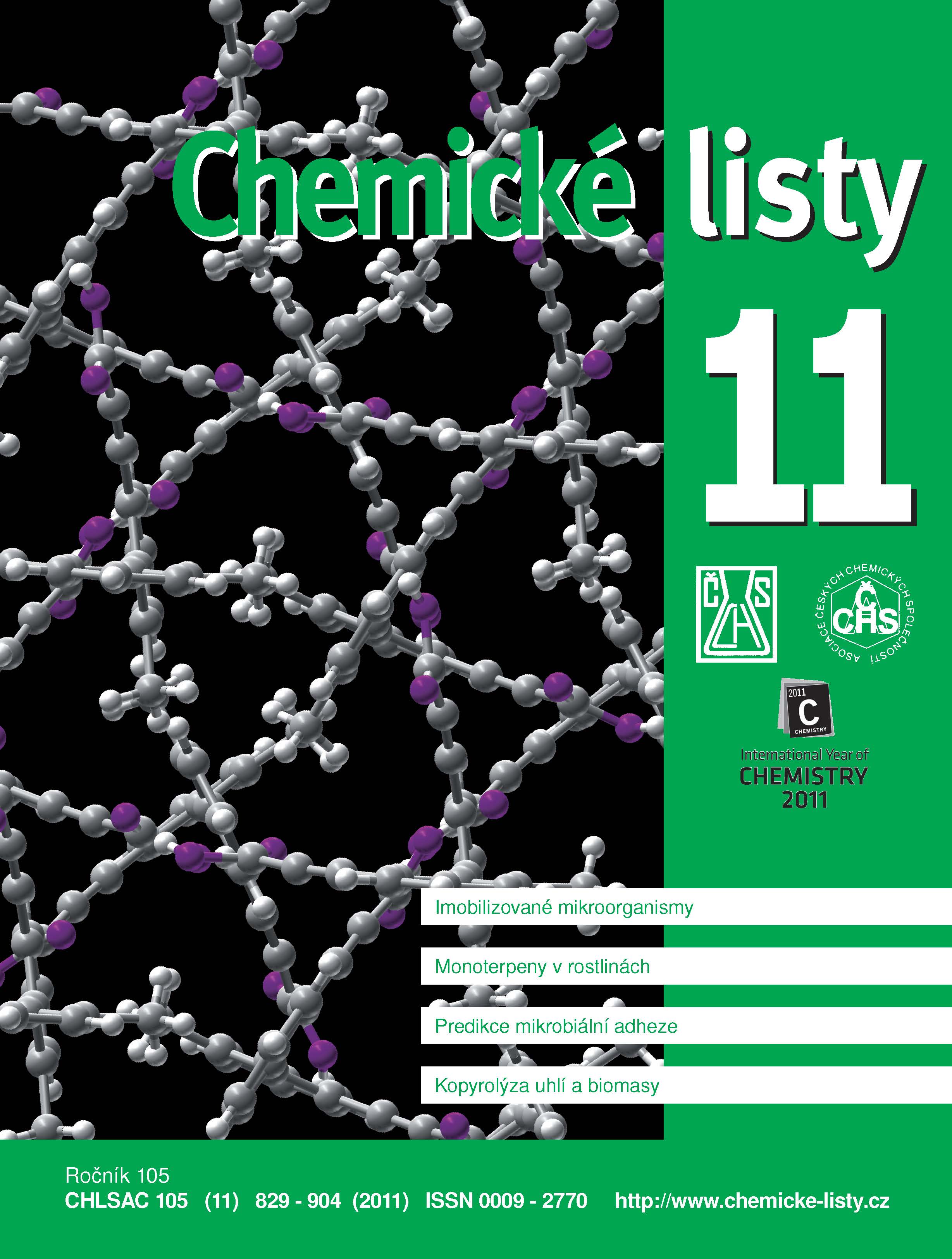Living Microorganisms Immobilized in Inorganic Matrices
Keywords:
immobilization, encapsulation, inorganic polymers, sol-gel, physiology of microorganismsAbstract
The hybrid biocatalysts comprising of living microbial cells encapsulated in inorganic or organic- inorganic matrices can be utilized in synthesis of pharmaceuticals, remediation technologies and biosensor construction. Silica, due to its biocompatibility, is a promising host for the purpose. The topic is reviewed starting from first experiments in 1981 to the current state of the art of encapsulation of living microorganisms in inorganic matrices, focusing on the physiology of encapsulated microorganisms. In the Czech Republic, the research in this field, on the borderline of materials science, inorganic chemistry and microbiology, has been performed since 1994.





